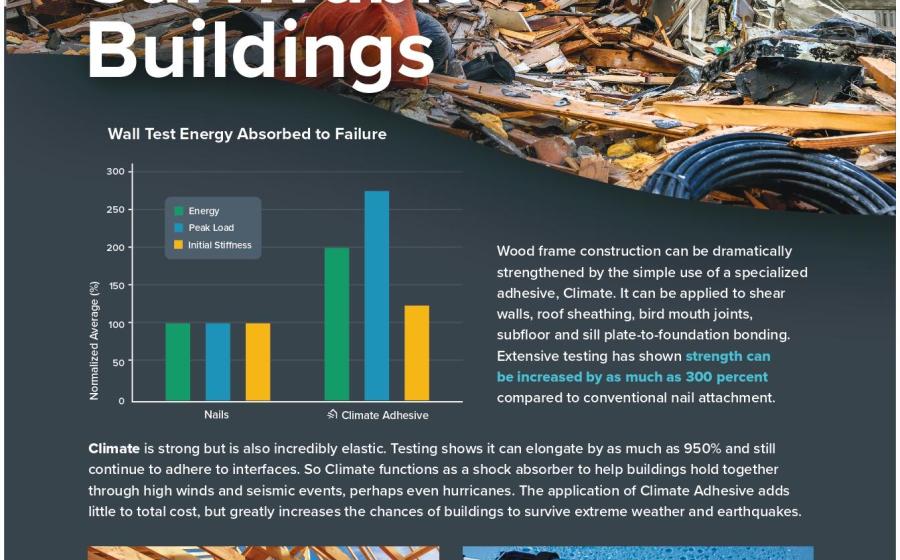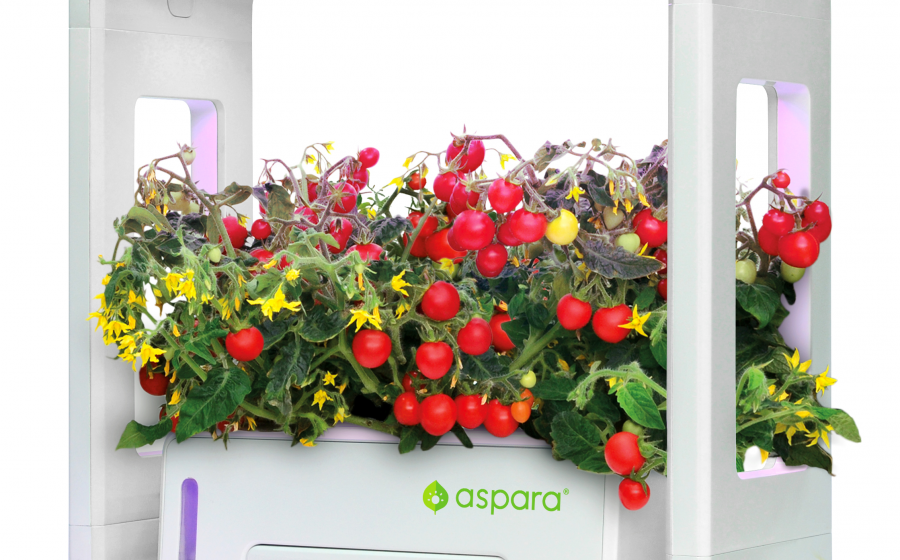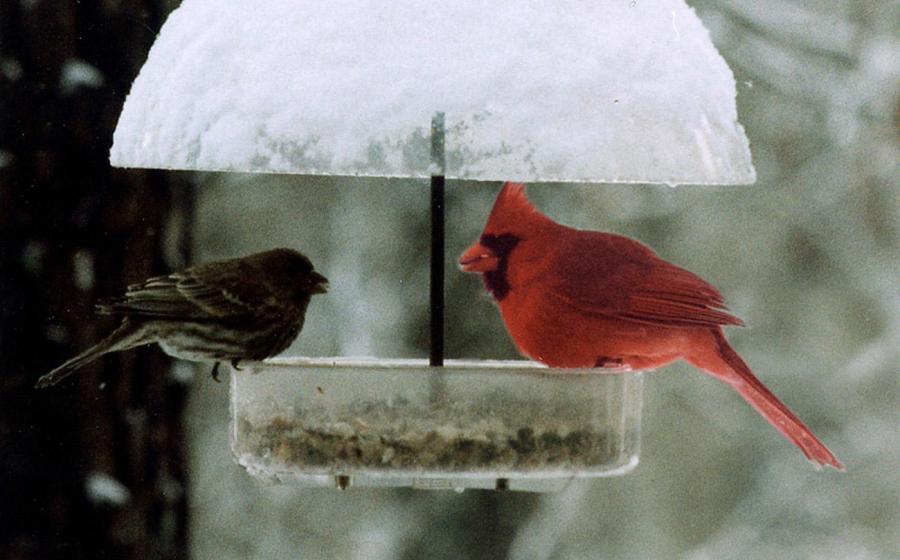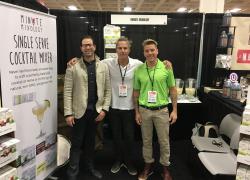Climate Adhesive Sticks Up for Building Safety
(NewsUSA) - Violent weather events cause substantial loss of life and property damage throughout the world. Although we can’t control the weather, we can control how we prepare. Climate® Non-Slump (NS) Adhesive: A revolutionary product designed to help buildings better withstand extreme weather and earthquakes. When buildings survive, people survive.
- Violent weather events cause substantial loss of life and property damage throughout the world. Although we can’t control the weather, we can control how we prepare. Climate® Non-Slump (NS) Adhesive: A revolutionary product designed to help buildings better withstand extreme weather and earthquakes. When buildings survive, people survive.
Climate® NS, is a specialized high-performance structural adhesive designed to help buildings withstand seismic and violent-wind events. It functions as a shock absorber, increasing wall strength by up to 300 percent in light-frame-wood and panel-built structures.
Traditional wood frame buildings rely on nails and fasteners, which are typically sufficient when a building is at rest. However, these structures may not be designed for the forces applied by more frequent and intense violent winds and earthquakes, as their integrity depends on hundreds of nails. Climate® NS, a moisture-curing, non-shrinking polyether adhesive sealant, aims to address this vulnerability.
When applied to various points of a wood frame building, such as sub-flooring, stud-to-sheathing walls, and rafter/truss-to-top plate, this elastomeric adhesive creates "monocoque" or "load sharing function" buildings. This creates uniform bonds over the external surfaces of the framing lumber, allowing for a wider and more uniform distribution of load from the roof to the foundation, improving the chances of the building staying intact. The product is Eco-friendy and non-toxic. It can be used in various construction conditions, including damp, dry, or cold, and it cures down to 32 degrees Fahrenheit.
Climate® NS is durable and ductile. Its elasticity helps to absorb the cyclic forces of high winds and seismic events. It can elongate by as much as 950 percent and still stay in place, which helps buildings hold together in extreme conditions.
The cost of applying Climate® NS is minimal, amounting to less than 1% of building material costs. It works out to pennies per square foot but can increase a home's structural integrity by 200-300 percent, according to published scientific journal articles on testing results. More information, including videos of results and field application examples, is available at Climateadhesive.com or call 844.450.9604.



 - ProExpo Free Community Events will be organizing a LivingWell Senior Expo - Durango Hills YMCA - Friday, March 29, 202 from 10:00am -1:00 pm at Durango Hills Community Center, 3521 North Durango Drive, Las Vegas, NV 89129, USA.
- ProExpo Free Community Events will be organizing a LivingWell Senior Expo - Durango Hills YMCA - Friday, March 29, 202 from 10:00am -1:00 pm at Durango Hills Community Center, 3521 North Durango Drive, Las Vegas, NV 89129, USA.
 - Want an easy way to add fresh vegetables and herbs to your diet? Indoor hydroponic grower systems are a great way to eat more healthfully. The advanced technology in today’s systems makes it simple and satisfying to grow a garden at home even if you don’t have a green thumb—you don’t even need a yard.
- Want an easy way to add fresh vegetables and herbs to your diet? Indoor hydroponic grower systems are a great way to eat more healthfully. The advanced technology in today’s systems makes it simple and satisfying to grow a garden at home even if you don’t have a green thumb—you don’t even need a yard. 
 - It’s an age-old question -- to feed or not to feed birds in fall and winter. Some people believe that feeding wild birds can cause more harm than good, like preventing timely migrations, or causing birds to depend on feeders rather than foraging food. The truth is these are myths and feeding birds is beneficial to their well-being. Birds migrate regardless of seed in feeders. It’s estimated that wild birds only get 25 percent of food from feeders, the rest is naturally sourced, so full feeders don’t keep birds from migrating. Instead, several triggers urge birds to migrate: like changes in nesting locations as trees lose leaves, less natural foods, insect decline, winds, temperature drop and day length. As days grow shorter, many birds get internally restless and head south, taking advantage of plentiful natural foods, and stocked feeders to fuel their flight.
- It’s an age-old question -- to feed or not to feed birds in fall and winter. Some people believe that feeding wild birds can cause more harm than good, like preventing timely migrations, or causing birds to depend on feeders rather than foraging food. The truth is these are myths and feeding birds is beneficial to their well-being. Birds migrate regardless of seed in feeders. It’s estimated that wild birds only get 25 percent of food from feeders, the rest is naturally sourced, so full feeders don’t keep birds from migrating. Instead, several triggers urge birds to migrate: like changes in nesting locations as trees lose leaves, less natural foods, insect decline, winds, temperature drop and day length. As days grow shorter, many birds get internally restless and head south, taking advantage of plentiful natural foods, and stocked feeders to fuel their flight. 
 - The laundry industry would have you believe that in order to get brilliant, clean laundry, you need to use powders, liquids and pods that are diluted with water, and come in bulky, single-use plastic containers. However, according to the EPA (Environmental Protection Agency), plastic waste is en route to overtake fossil fuels as the leading environmental pollution by 2030.
- The laundry industry would have you believe that in order to get brilliant, clean laundry, you need to use powders, liquids and pods that are diluted with water, and come in bulky, single-use plastic containers. However, according to the EPA (Environmental Protection Agency), plastic waste is en route to overtake fossil fuels as the leading environmental pollution by 2030. 
